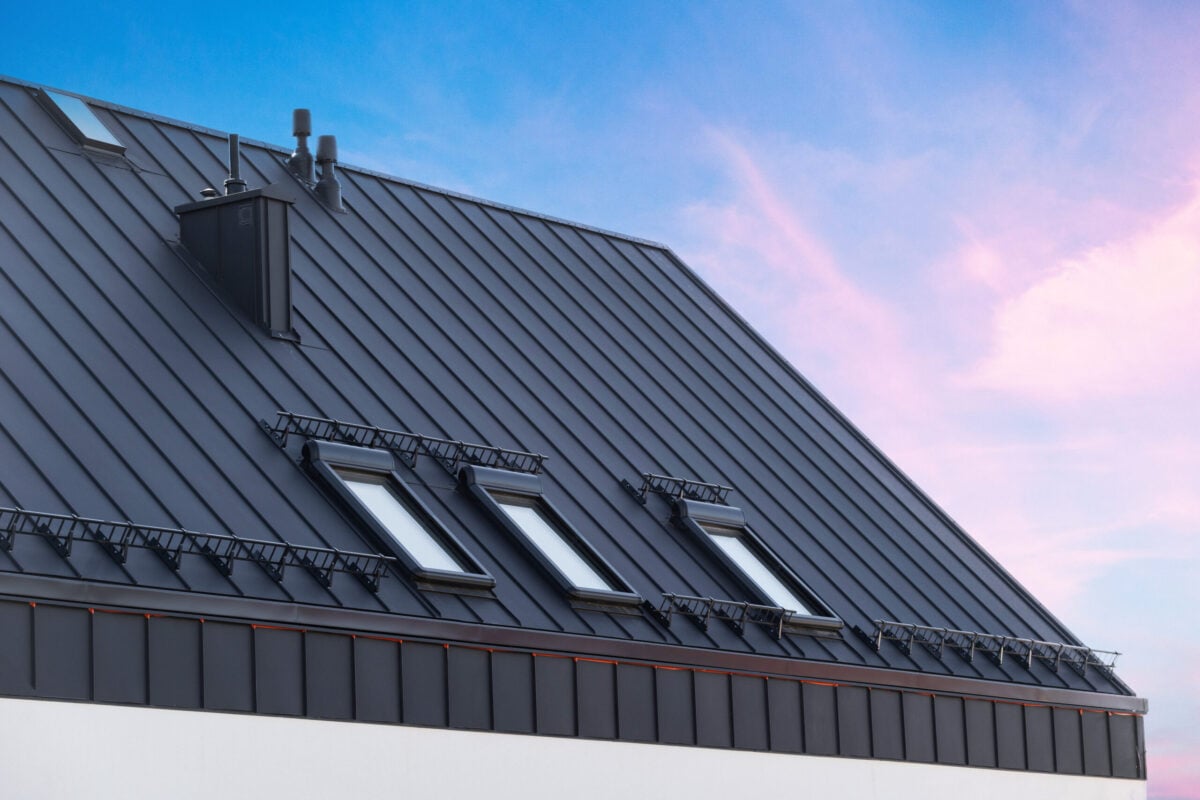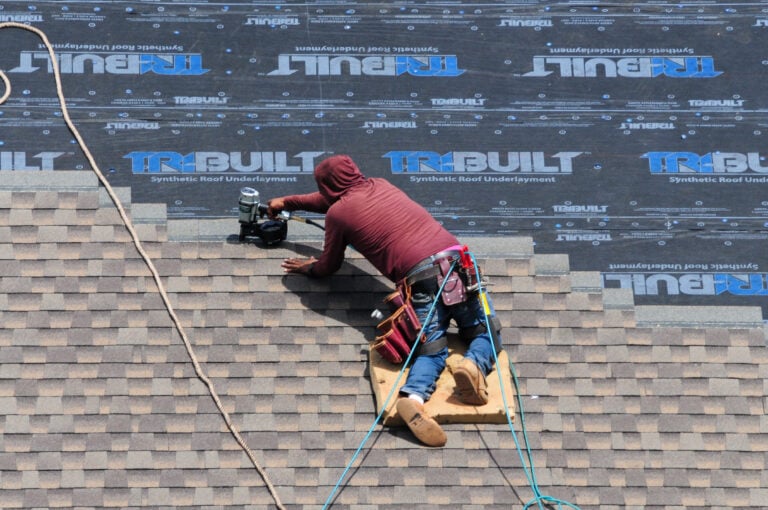Understanding roof slope is crucial for any homeowner considering a roofing project. Whether you’re planning a repair, replacement, or new installation, knowing your roof’s slope affects everything from material selection to water drainage efficiency. At Palladium Roofing, we help Oklahoma homeowners navigate these important decisions with expert guidance and professional service.
Roof slope determines how well water runs off your roof, influences your choice of roofing materials, and even impacts your home’s overall aesthetic appeal. Many homeowners don’t realize that different slopes require different installation techniques and materials to ensure proper protection.
This comprehensive guide will cover:
- What roof slope means and why it matters
- Step-by-step instructions for measuring your roof slope
- How slope affects material choices and installation
- Professional considerations for different slope ranges
🏠 Why Roof Slope Is Important
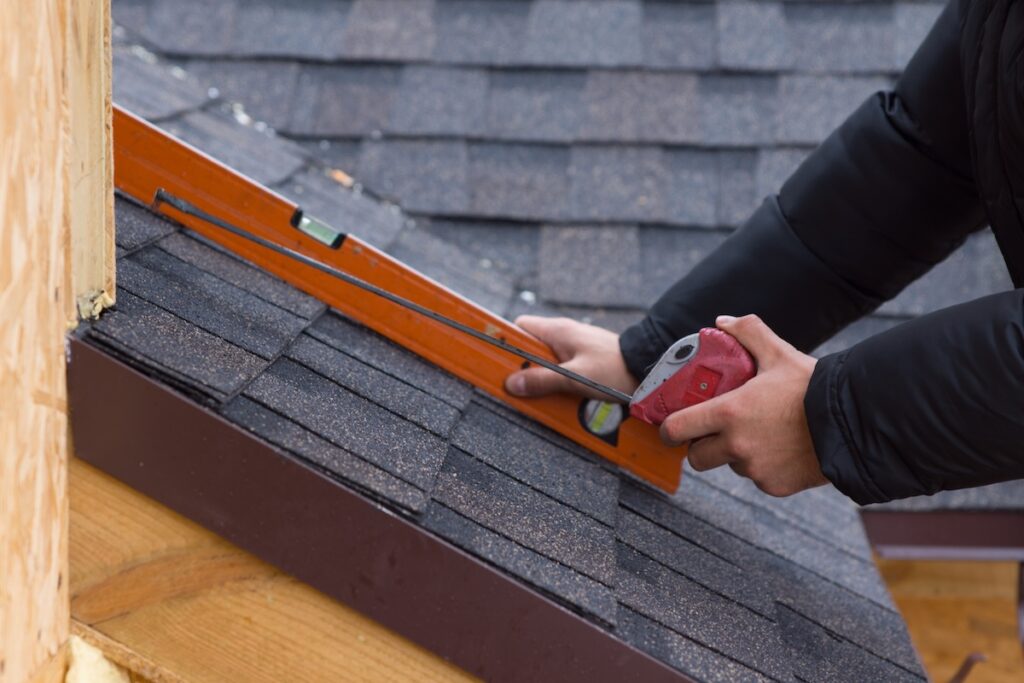
Roof slope plays a fundamental role in your home’s protection and longevity. Understanding this measurement helps you make informed decisions about repairs, replacements, and maintenance needs.
The slope of your roof directly impacts several critical factors that affect your home’s performance and value. Here’s why getting this measurement right matters:
Key Benefits of Understanding Roof Slope:
- Water drainage efficiency – Proper slope prevents water pooling and ice dam formation
- Material compatibility – Different slopes require specific roofing materials for optimal performance
- Installation requirements – Steeper slopes need additional safety measures and specialized techniques
- Cost considerations – Slope affects labor complexity and material quantities needed
- Building code compliance – Local codes often specify minimum slope requirements for different materials
📏 5 Steps: How to Determine the Slope of a Roof
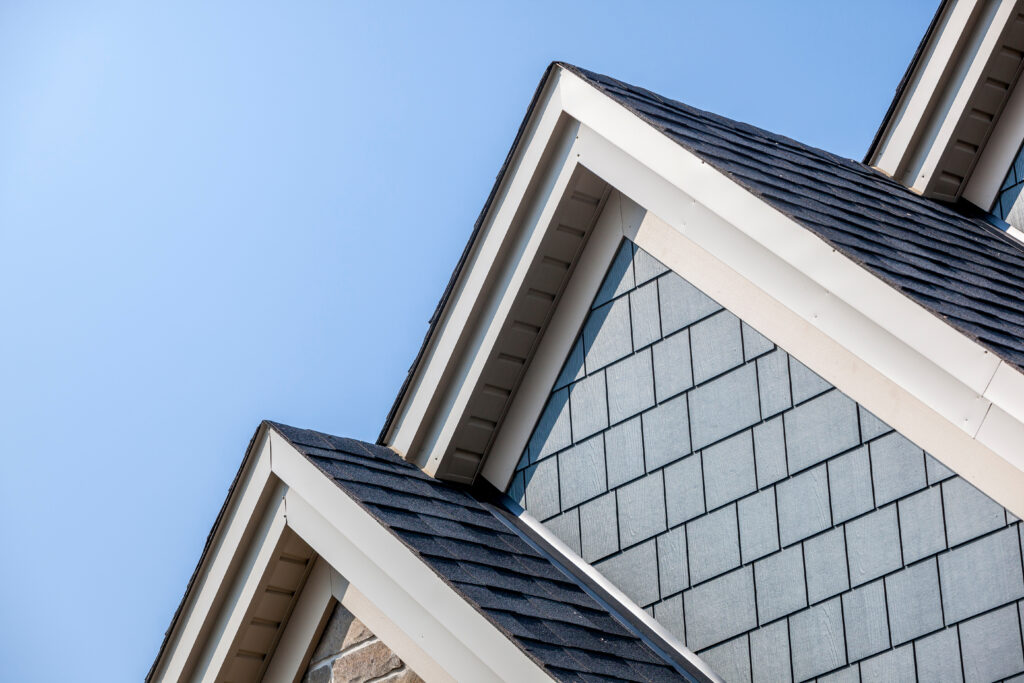
Measuring roof slope accurately requires the right approach and basic tools. Follow these steps to get precise measurements safely from ground level or your attic.
Before starting, gather a measuring tape, level, and calculator. You can measure from inside your attic or from the ground using visual estimation techniques.
Step 1: Choose Your Measurement Location
Select either your attic space or measure from the ground using a reference point. Attic measurements provide the most accurate results. Ground-level measurements work well for preliminary assessments.
Step 2: Measure the Horizontal Run
Use your measuring tape to measure 12 inches horizontally along the roof line. Start from the lowest point of the roof section you’re measuring. Keep your measuring tape level for accurate horizontal measurement.
Step 3: Measure the Vertical Rise
From the end of your 12-inch horizontal measurement, measure straight up to the roof surface. This vertical measurement represents the “rise” in your slope calculation. Record this measurement in inches for proper ratio calculation.
Step 4: Calculate the Slope Ratio
Express your slope as rise over run, typically written as X:12 or X/12. For example, if your vertical rise is 4 inches, your slope is 4:12. This means the roof rises 4 inches for every 12 inches of horizontal distance.
Step 5: Verify Your Measurements
Take measurements at multiple points along your roof to ensure consistency. Different roof sections may have varying slopes. Document each section separately for comprehensive understanding.
🔧 Understanding Slope Categories and Material Requirements
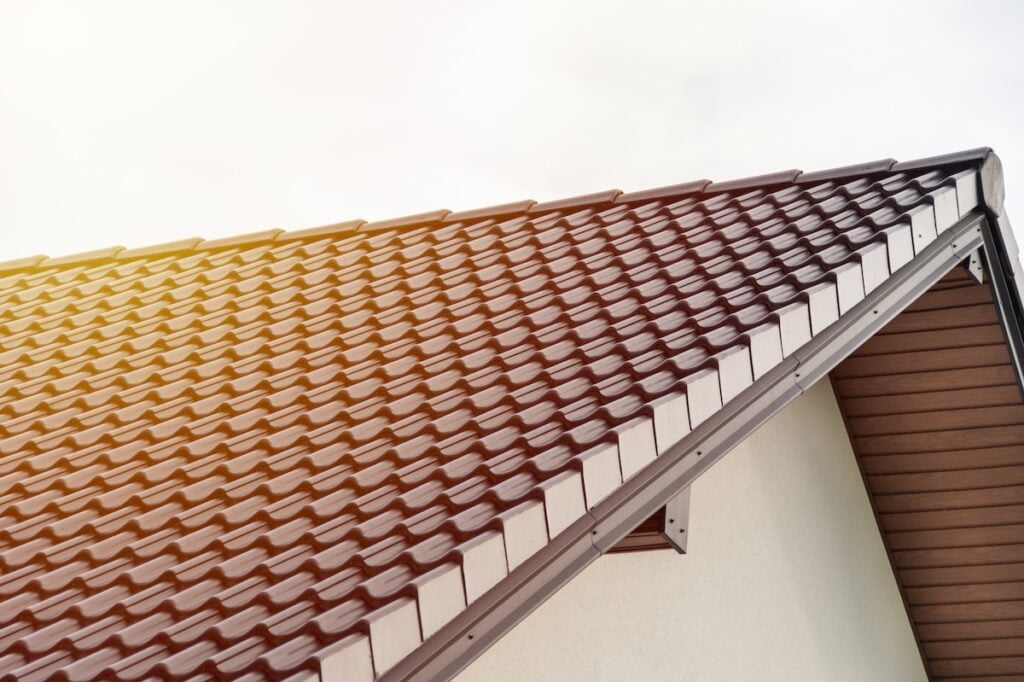
Different roof slopes require specific materials and installation techniques to ensure proper performance and longevity. Understanding these categories helps you choose the right approach for your project.
Roofing professionals categorize slopes into distinct ranges, each with unique requirements and considerations. These categories determine everything from material selection to installation complexity.
Low-Slope Roofs (0:12 to 3:12)
Low-slope roofs demand extra attention to waterproofing and materials to prevent leaks and damage.
- Materials needed: Modified bitumen, EPDM rubber, or TPO membranes are commonly used for their durability and flexibility in sealing flat surfaces.
- Special requirements: Enhanced waterproofing layers and proper drainage systems are essential to prevent water buildup and potential structural damage.
- Considerations: These roofs are more prone to water pooling, which can lead to leaks and require frequent inspections and maintenance to ensure long-term performance.
Medium-Slope Roofs (4:12 to 6:12)
Medium slopes strike a balance between functionality and aesthetics, making them a popular choice.
- Materials suitable: Options like asphalt shingles, metal roofing, and tile systems offer durability and a range of design choices for medium-sloped roofs.
- Installation benefits: The moderate slope makes access easier, simplifying routine maintenance, cleaning, and repairs.
- Performance advantages: With sufficient drainage and a wide variety of material options, these roofs are reliable and adaptable for different climates and preferences.
Steep-Slope Roofs (7:12 and Higher)
Steep slopes excel in water runoff and visual appeal but can be challenging to work on.
- Material compatibility: Most roofing materials, including shingles, metal, and tiles, perform well on steep slopes, offering both style and function.
- Safety considerations: Due to the steep angle, professional installation is highly recommended to ensure safety and proper technique during construction or repairs.
- Aesthetic benefits: Steep-sloped roofs often enhance architectural designs, boosting home curb appeal and increasing overall property value.
🎯 Making Informed Decisions About Your Roof
Understanding your roof slope empowers you to make smart decisions about materials, maintenance, and future improvements. This knowledge helps you work more effectively with roofing professionals and ensures your investment provides maximum value.
When you know your roof slope, you can better evaluate contractor recommendations and understand why certain materials or techniques are suggested for your specific situation. This information also helps you budget appropriately for your roofing project.
Ready to put this knowledge to work? Contact Palladium Roofing today for a professional roof inspection and expert guidance on your roofing needs. Our experienced team serves Oklahoma City and surrounding areas with honest assessments and quality workmanship you can trust.


